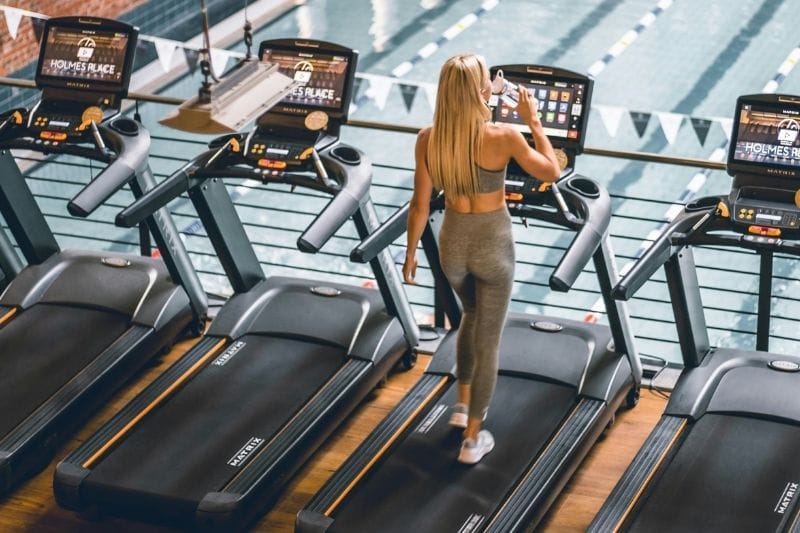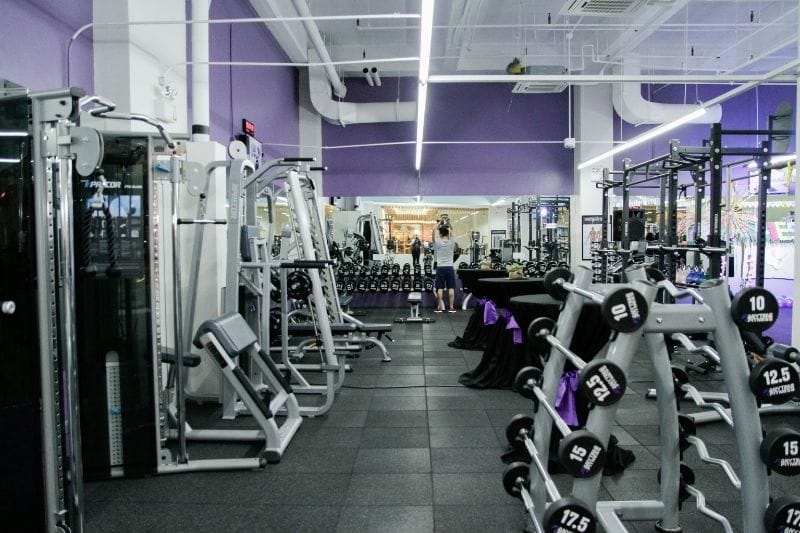Many runners think the only way to get quicker is to run more. It sounds logical. More miles should mean more fitness and better times. But that is not always the most effective approach. You can often make real improvements by training smarter rather than simply piling on extra distance.
Speed is not just about endurance. It is also about strength, technique, and recovery. Small changes in these areas can make a big difference to your pace without increasing your weekly mileage.
Build Strength To Run Faster
Stronger runners are more efficient. When your legs, hips, and core are strong, each stride costs you less energy. That means you can maintain a quicker pace for longer without feeling like you are working harder.
A simple example is hill sprints or short intervals. These build power in your legs and improve your stride mechanics. You do not need to run massive hills or turn it into a punishing session. Ten to twenty seconds of controlled uphill running with a walk back recovery works well.
Include Technique Drills
Running is a skill, and technique drills can make a real difference to efficiency and speed. A few minutes of focused movement before or after a run can sharpen up your stride and help you waste less energy.
Here is a simple example drill set you can try once or twice a week:
- High knees – 2 x 20 metres focusing on posture and quick feet
- This one is all about driving your knees up quickly and keeping a tall posture. Think of it like running on the spot but moving forwards, light on your feet, arms pumping, and landing under your hips. It helps warm up your hip flexors and gets your legs ready to move fast without overstriding.
- Fast feet – 2 x 20 metres aiming for rapid turnover without overstriding
- Here you are focusing on quick, light steps rather than covering distance. Keep your feet close to the ground and move them as fast as you can while staying relaxed through your upper body. It is great for improving leg speed and coordination, especially before sprints or running drills.
- A-skips or short bounding – 2 x 20 metres to build rhythm and coordination
- These look a bit like a skipping motion with purpose. You are lifting one knee up, landing lightly, and switching sides in a smooth rhythm. The aim is coordination and timing, not height. It helps teach better running form by reinforcing drive, balance, and rhythm in each step.
- Strides – 4 x 80 metres at a fast but relaxed pace to finish
- Strides are short bursts of faster running, about 80 metres at a comfortable but quick pace. You should feel in control, not sprinting flat out. Focus on smooth movement, relaxed shoulders, and good posture. They are a great way to end a warm up and get your legs ready for stronger efforts or interval work.
Keep the focus on control and quality, not volume. Over time, these drills help your running form feel smoother and more natural.
Use Interval Training Wisely
Intervals are one of the best ways to develop speed and stamina. They push your cardiovascular system, improve recovery between efforts, and help you learn how to run faster without fading.
Here is a simple example interval session for most runners:
- Warm up for 10–15 minutes with easy jogging and a few drills
- Run 4 to 6 repeats of 2 minutes at a hard but controlled effort, with equal time easy jogging between each
- Cool down with 10 minutes easy running
This kind of session can be adapted endlessly by changing the length or intensity of the intervals. A well-balanced programme will include other types of sessions too, such as tempo runs or longer efforts, depending on your goals.
Improve Recovery
Many runners underestimate how important recovery is for getting faster. If you are always tired, you cannot run fast. Prioritising sleep, easy runs, and rest days helps your body adapt and get stronger. Sometimes the biggest improvements come not from pushing harder but from letting the work you have already done take effect.
Strength Work Matters
Strength training builds resilience, improves running economy, and lowers the risk of injury. It does not have to be complicated or involve heavy weights. Bodyweight and light resistance exercises are often enough, especially if you are consistent.
Here is an example 20–25 minute strength session that works well for many runners:
- Squats – 3 x 10 to 12 reps
- Reverse lunges – 3 x 8 each leg
- Glute bridges or single leg bridges – 3 x 10 to 12 reps
- Plank with shoulder taps – 3 x 20 to 30 seconds
- Side planks – 2 x 20 seconds each side
This is a good starting point, but other sessions and progressions will be needed over time to keep building strength and address individual weaknesses. Many runners benefit from including strength work twice a week, ideally on non-key running days.
I’d encourage you to train your full body though, and not just your legs and core!
Bringing It All Together
Running faster does not always mean running more. By combining technique drills, targeted interval sessions, proper recovery, and regular strength work, you can make meaningful improvements without increasing your mileage. The key is to train with purpose rather than just adding extra distance for the sake of it.
If you want to take the guesswork out of your training and see how strong and fast you can become, my sports and running fitness, strength and nutrition coaching can help. I work with runners of all levels to create clear plans that fit around real life.
You can also work with me through personal training if you prefer a more hands on approach and focused strength sessions tailored to your goals.




